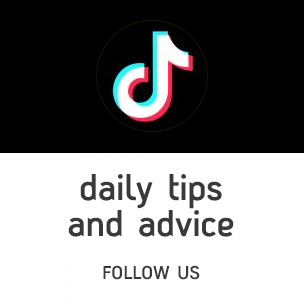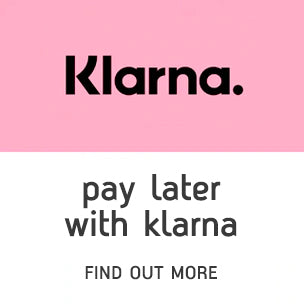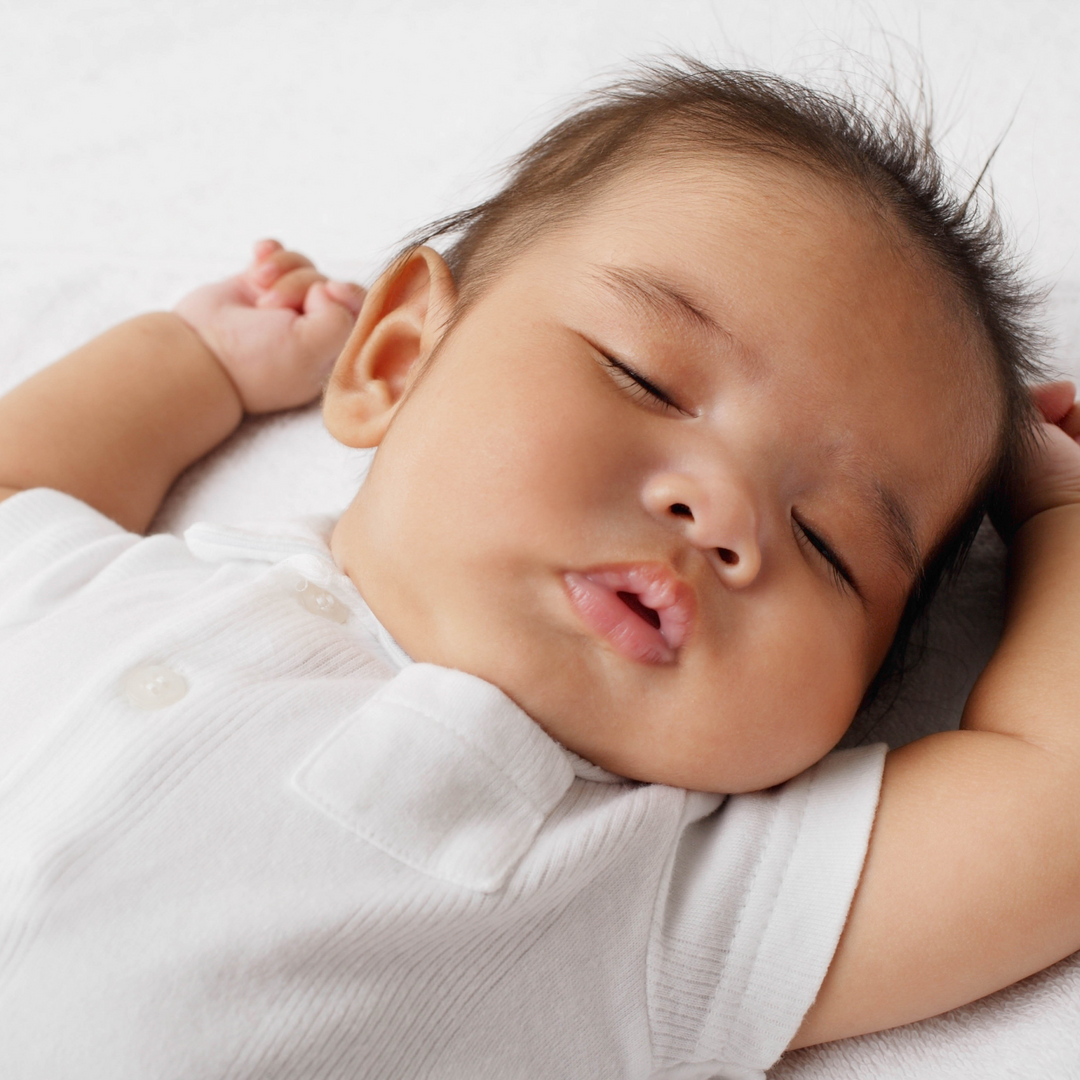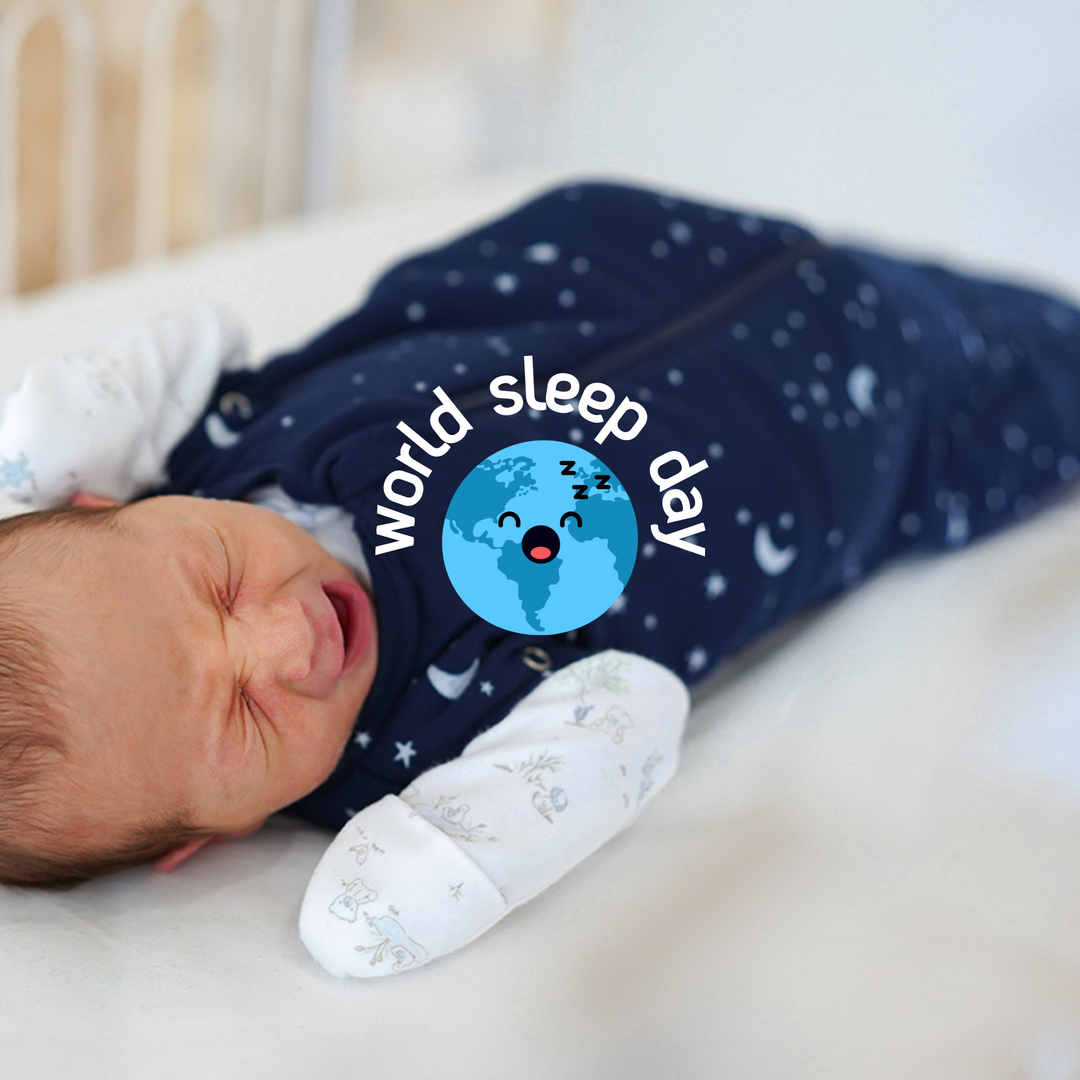teething | baby dribble the podcast episode: 1
Hello and welcome to Baby Dribble which is brought to you from Sweet Dreamers HQ by the SweetDreamers team. Baby Dribble is a fun, friendly and FREE parenting advice “channel” for new and expectant parents and caregivers. We aim to offer knowledge, support and insight into to the wonderful world of parenthood with industry expert guests and medical professionals.
Our panel today are two mothers from the Sweet Dreamers team, myself, Lynda a mum of 6 and Lucy new mum to Mason.
This week we’ll be talking about the joys of a teething baby. We hope to offer some informative, entertaining and practical advice on navigating this potentially difficult period as a new parent.

So, let’s gets started,
Signs and symptoms of teething,
First, let’s start with some teething terminology. You will hear that baby teeth ‘cut’ through and this refers to the tooth cutting through the gum which is abit of a giveaway that it may cause some discomfort for your little one.
Babies can display symptoms well before a tooth emerges and some babies have been known to have been born with teeth. It is important to note that even though your baby may have teeth early, it is still fine to breast feed, many mothers find changing positions during a
feed can help with this transition. Most teeth will start to emerge from around 6 months onwards.
There are many myths and old wives’ tales about the signs and symptoms of teething, some of which include,
- Flushed cheek on one side of the face
- Dribbling excessively
- Disturbed sleep
- Loss of Appetite
- ‘Clingy’ behavior
These symptoms are often temporary and may come and go. There are steps you can take to help relieve discomfort for your little one and these include the following,
- Applying slight pressure to your baby’s gum. You can use your fingers to do this (clean hands please) although once the teeth are about to cut through this could also be painful for you so you could also use a cool flannel instead to avoid bitten fingers.
- You could also try a teether toy or mitt. There are many on the market and they come in all shapes and sizes so it is worth having a look around to see which one you think would suit your baby best.
- Teething granules/powder. Again, there are many on the market so do some research and do consult the packaging for directions of use and appropriate age of use to ensure safe usage.
- Amber bracelets/necklaces. There is no scientific evidence to suggest that these bracelets help the teething period. The amber bracelets are said to release a natural painkiller through the skin when a baby’s temperature rises during the teething period. There is some controversy surrounding these bracelets/necklaces as they are around your little one’s neck and arms which we and medical professionals would not recommend so please do your research before you make your decision.
- Teething necklaces for mum to wear. These are made from natural materials and mum wears these for baby to chomp on to help relieve sore gums.
Earlier in the week we conducted a Myth Busting teething poll on our Instagram story to see how much our followers knew about teething and the myths surrounding teething, here are the results.
Teething causes fever
Our followers voted 72% True and 28% False
This is false. Teething can cause a mild rise in temperature but not necessarily a fever. A mild temperature rise could be caused swollen gums however a fever is a temperature of 38 degrees and higher and if your child does reach these temperatures it is best to seek medical attention straight away.
Is nappy rash a sign of teething?
Our followers voted 76% Yes and 24% No
The answer to this poll in No. When children start to teeth, this most commonly coincides with crawling and putting things in their mouths. This means they are in contact with more bacteria, which would most likely be the cause of any nappy rash. Any excessive saliva may also cause nappy rash as the excess saliva is increasing the amount of stomach acid again in turn causing nappy rash.
When should I start brushing my little ones teeth?
Our followers voted 7% 1 year and over and 93% When teeth appear
The answer to this poll is, when teeth appear. Our followers were rather clued up when it came to this poll. You should start brushing their teeth as soon as you see some teeth. This will keep them nice and clean and familiarize your baby with the brushing process.
How much toothpaste should I use?
Our followers voted 22% A blob and 78% A smear
The answer to this poll is both answers. We threw this one in for a little fun as both answers are correct. You should use a smear of toothpaste with children age 3 and under and a blob of toothpaste with children age 3 and above.
When should I take my child to the dentist?
Our followers voted 26% Age 1 and 74% When teeth appear
This answer to this poll is, when teeth appear. By introducing the dentist at an early age, you are encouraging a healthy view of the dentist and again familiarizing your little one with dentist process.
You should expect the teething process to carry on until around age 3 by which time your child should have 20 milk teeth, 10 at the bottom and 10 at the top. These teeth will then fall out from around age 6 when they are slightly older to make way for their adult teeth.
We would recommend you speaking with your GP or any medical professional if you are worried about your baby through the teething phase as it doesn’t hurt to check it out.
We also wanted to celebrate our very first podcast by giving away two of our very own Gertie the Good Goose teething toys. These are ideal any teething little ones and are made from 100% natural rubber and are colored with vegetable based paint so completely safe little tummies.
We would like to thank everyone for listening and we hope you enjoyed our very first Baby Dribble podcast.










